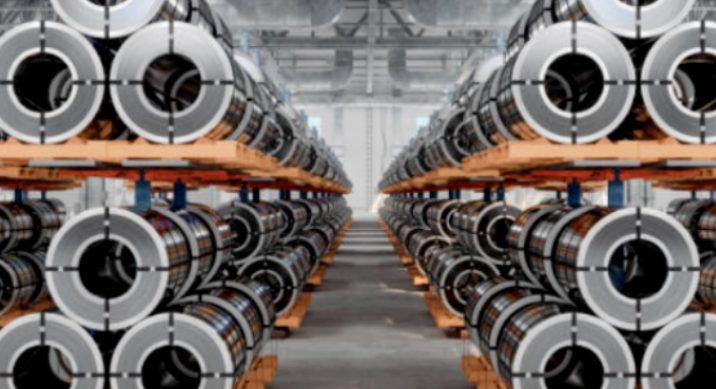
Posted on Tuesday, October 8, 2024
In the world of roll forming, the width of the metal coil plays a crucial role in determining production efficiency, speed, and material waste. Understanding how coil width impacts these factors is essential for manufacturers looking to optimize their processes and reduce costs.
Influence of Coil Width on Production Speed and Efficiency
Tips for Selecting the Right Coil Width
Minimizing Material Waste
Conclusion
Selecting the appropriate coil width is a key factor in maximizing efficiency and minimizing waste in roll forming operations. By understanding the impact of coil width on production speed, efficiency, and material waste, manufacturers can make informed decisions that lead to cost savings and improved sustainability. Implementing best practices for coil selection and waste reduction can position manufacturers for success in an increasingly competitive market.

32/1000 Box Profile Roll Forming Machine – Complete Guide & Specifications
Posted on Sunday, November 16, 2025
High-performance 32/1000 box profile roll forming machine for roofing and cladding. Full specifications, profiles, applications, pricing

PBR / R-Panel Roll Forming Machine – Complete Guide & Specifications
Posted on Sunday, November 16, 2025
PBR / R-Panel roll forming machine for roofing and wall cladding. Full specs, profiles, applications, pricing, and global buying guide. Built to order.

Posted on Sunday, November 16, 2025
How to Diagnose and Fix the Hidden Electrical Problems That Cause Downtime
Copyright 2025 © Machine Matcher.